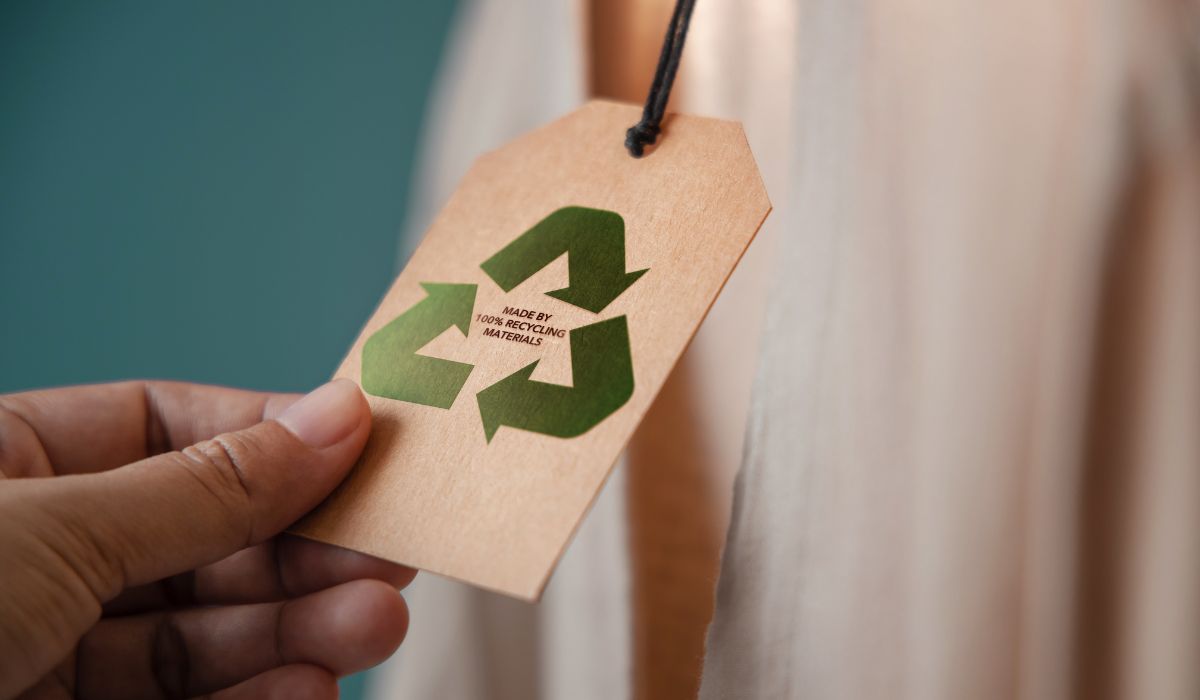The California Redemption Value (CRV) program, established in 1986, is a cornerstone of the state’s recycling and environmental efforts. Aimed at reducing litter and encouraging recycling, CalRecycle imposes a fee on consumers at the time of purchase for eligible beverage containers, which is refunded upon the container’s return. For wineries in California, navigating the intricacies of the CRV program is essential to ensure compliance and contribute to the state’s sustainability goals.
Understanding the CRV Program
The CRV fee applies to various beverage containers, including those made of aluminum, glass, plastic, and bi-metal. For wineries, this primarily concerns wine and wine cooler bottles. The fee is set at $0.05 for containers less than 24 ounces and $0.10 for those 24 ounces or larger. When consumers return these containers to certified recycling centers, they receive their refund, closing the recycling loop.
Registration Requirements
Wineries must register with the California Department of Resources Recycling and Recovery (CalRecycle) to participate in the CRV program. This involves obtaining a Beverage Manufacturer (BM) number, completing the registration process, and ensuring that products are labeled correctly with CRV markings. Registration is a critical step, as it enables CalRecycle to track compliance and ensures that wineries are accountable for their role in the program.
To register, wineries can visit the CalRecycle website and follow the instructions provided for beverage manufacturers. This typically involves submitting an application form, providing business information, and agreeing to comply with CRV regulations. Once registered, wineries will receive a BM number, which must be used in all CRV-related reporting and transactions. Due to the high volume of recent registration applications, CalRecycle is experiencing longer than average processing times with currently no estimate of when submitted applications will be completed. CalRecycle has explained that no penalties will be charged due to their backlog. If wineries haven’t already registered with CalRecycle, it is highly recommended that they do so as soon as possible.
Collecting and Remitting CRV Fees
Once registered, wineries are responsible for collecting CRV fees on eligible sales. These fees must be reported and remitted to CalRecycle, typically every month. The reporting process details the number of CRV-eligible containers sold and the total fees collected. Payments are usually made electronically, aligning with CalRecycle’s guidelines.
The process for wineries to remit the CRV fees they collect is as follows:
- Reporting Periods: Wineries must report their sales of CRV-eligible products to CalRecycle, typically on a monthly basis.
- Calculating CRV Fees: The winery calculates the total CRV fees collected based on the number of eligible containers sold during the reporting period.
- Submitting Reports: The winery submits a report to CalRecycle detailing the total number of CRV-eligible containers sold and the total amount of CRV fees collected. These are due the last day of the month following the reporting period (ie. April 30th for March’s sales).
- Making Payments: Along with the report, the winery must remit the total CRV fees collected to CalRecycle. Payments can typically be made electronically through CalRecycle’s reporting system.
- Record Keeping: Wineries are required to keep records of their sales of CRV-eligible products and the CRV fees collected and remitted.
Beverage Manufacturer vs. Beverage Distributor
CalRecycle defines a beverage manufacturer as the “entity who holds the CA Department of Alcoholic Beverage Control (ABC) manufacturing license” and a beverage distributor as “beverage manufacturer or brand owner selling direct to a consumer in CA.” Based on these definitions, many wineries are classified as both a manufacturer and a distributor. This means that in addition to the CRV fees, beverage manufacturers are required to pay processing fees.
Remitting Processing Fees
The steps for wineries to remit the processing fees are very similar to remitting CRV fees and are as follows:
- Reporting Periods: Wineries must report their sales of eligible products to CalRecycle, typically on a quarterly basis.
- Calculating Processing Fees: The winery calculates the total processing fees based on the number of eligible containers sold during the reporting period. The fees are calculated based on the type of material used for the container. The most common material, glass, is currently $0.00576 per unit.
- Submitting Reports: The winery submits these amounts within the same online Division of Recycling Integrated Information System (DORIIS) as the CRV fees and are due the 10th of the second month after the reporting period (ie. May 10th for March’s sales).
- Making Payments: Along with the report, the winery must remit the total processing fees to CalRecycle. Payments can typically be made electronically through CalRecycle’s reporting system.
- Record Keeping: Wineries are required to keep records of their sales of eligible products and the processing fees remitted.
Practical Management of CRV Responsibilities
For wineries, managing CRV responsibilities can be streamlined with the right systems in place. Point of sale (POS) systems can be invaluable tools, allowing for the automatic calculation and collection of CRV fees at the time of sale. These systems can also generate reports, simplifying the process of remitting fees to CalRecycle. At this point, the following POS systems are ready to assist clients: Wine Direct, Figure, and Commerce7.
Additionally, wineries should establish clear internal processes for record-keeping and compliance monitoring. This includes maintaining detailed sales records, ensuring accurate labeling of products, and staying informed about any changes to CRV regulations.
Participation in the CRV program is not only a legal requirement for California wineries but also an opportunity to contribute to the state’s environmental sustainability efforts. Wineries can manage CRV responsibilities effectively and efficiently by understanding the program’s requirements, registering appropriately, and leveraging technology like POS systems. In doing so, they play a crucial role in promoting recycling and reducing litter in California.




